If you’re a fan of egg-shaped mouse, there aren’t many options out there apart from the Logitech G304 or the Razer Orochi. Enter the Zaopin Z1 Pro, which offers flagship level specifications on paper but yet available at a budget friendly price point of US$47.
Unboxing
In the box, you’ll find the following:
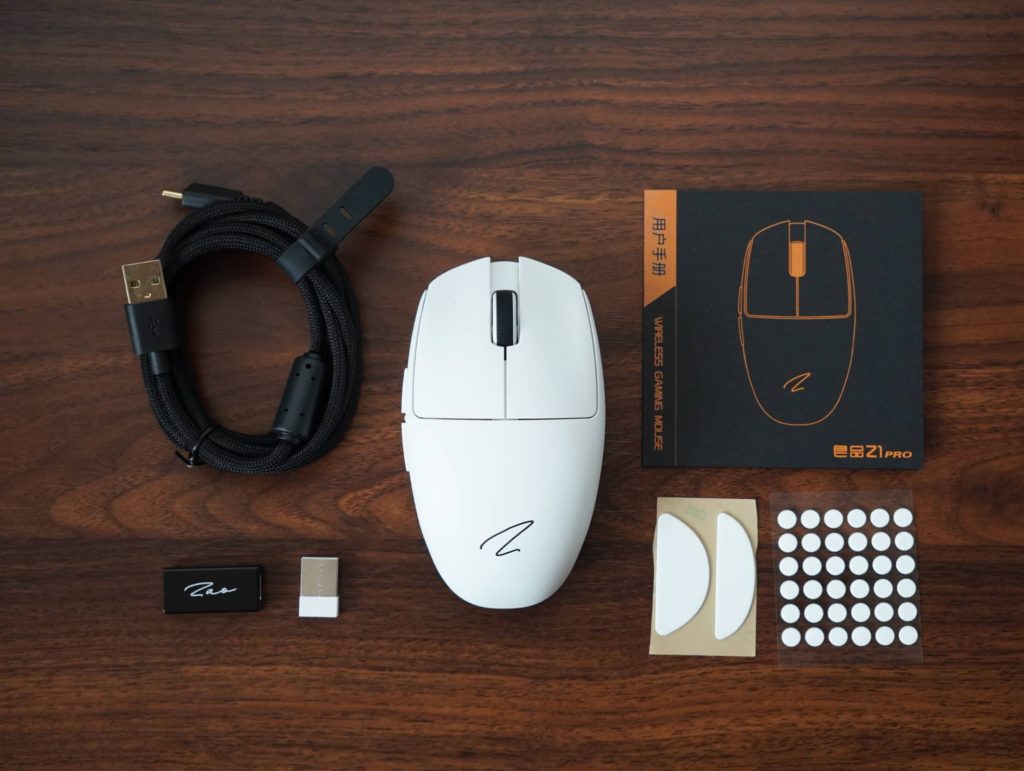
- Zaopin Z1 Pro Wireless Gaming Mouse
- Extra set of skates (2 types)
- USB-C to USB-A Cable
- USB Wireless Receiver
- USB Extension Adapter
- Quick Start Guide
Tech specs
| Dimensions | Length: 110.0 mm Height: 38.5 mm Width: 62.0 mm |
| Weight | 46 grams |
| Sensor | PixArt 3395 – Polling Rate: Up to 4000Hz (with separate dongle) |
| Buttons | 1. Left click 2. Right click 3. Back button 4. Forward button 5. Scroll click 6. DPI button |
| Switches | Huano (blue shell, pink plunger) |
| Feet/Skates | PTFE |
| Battery life | Unknown |
| Charging port | USB-C |
| LED lighting effects | Yes for DPI only |
Build quality and weight
The Zaopin Z1 Pro is available in six colour options – (1) white, (2) black, (3) pink, (4) blue, (5) orange, and (6) red. And there are also two design variants to choose from based on the weight you prefer, as listed below:
- Hollow bottom (46 grams) – 200mAh battery
- Regular bottom (51 grams) – 500mAh battery
The unit I have is the white colour option with the hollow bottom at 46g. Both variants are already very lightweight to me, so if you rather have a longer battery life then you should opt for the regular bottom.
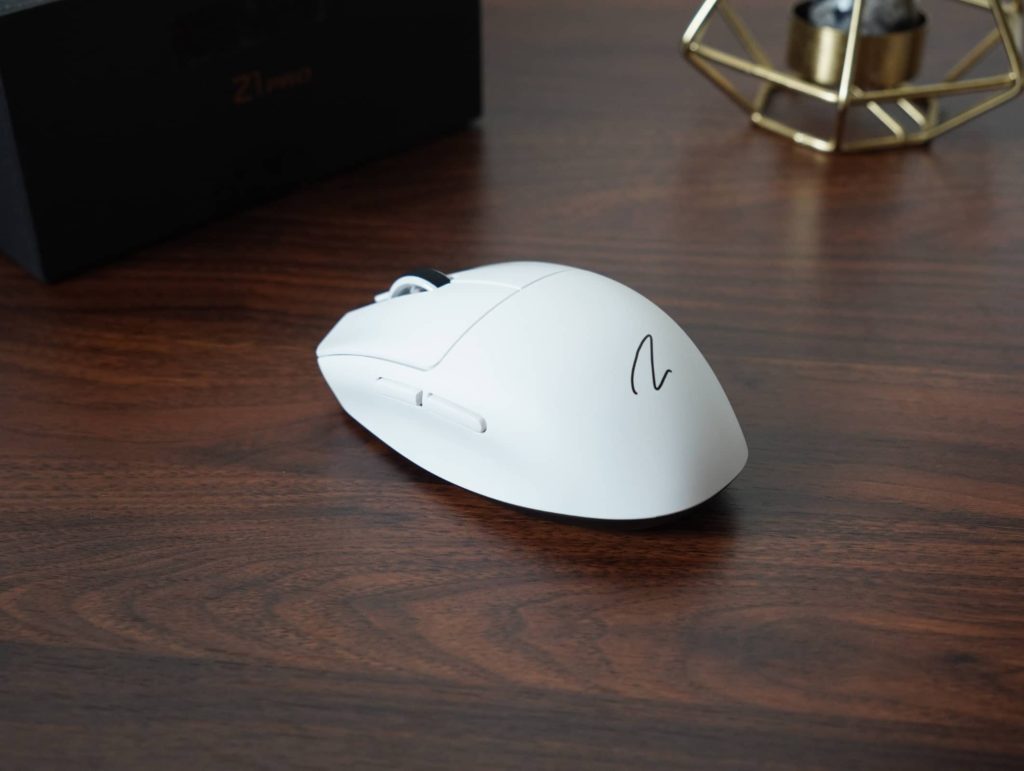
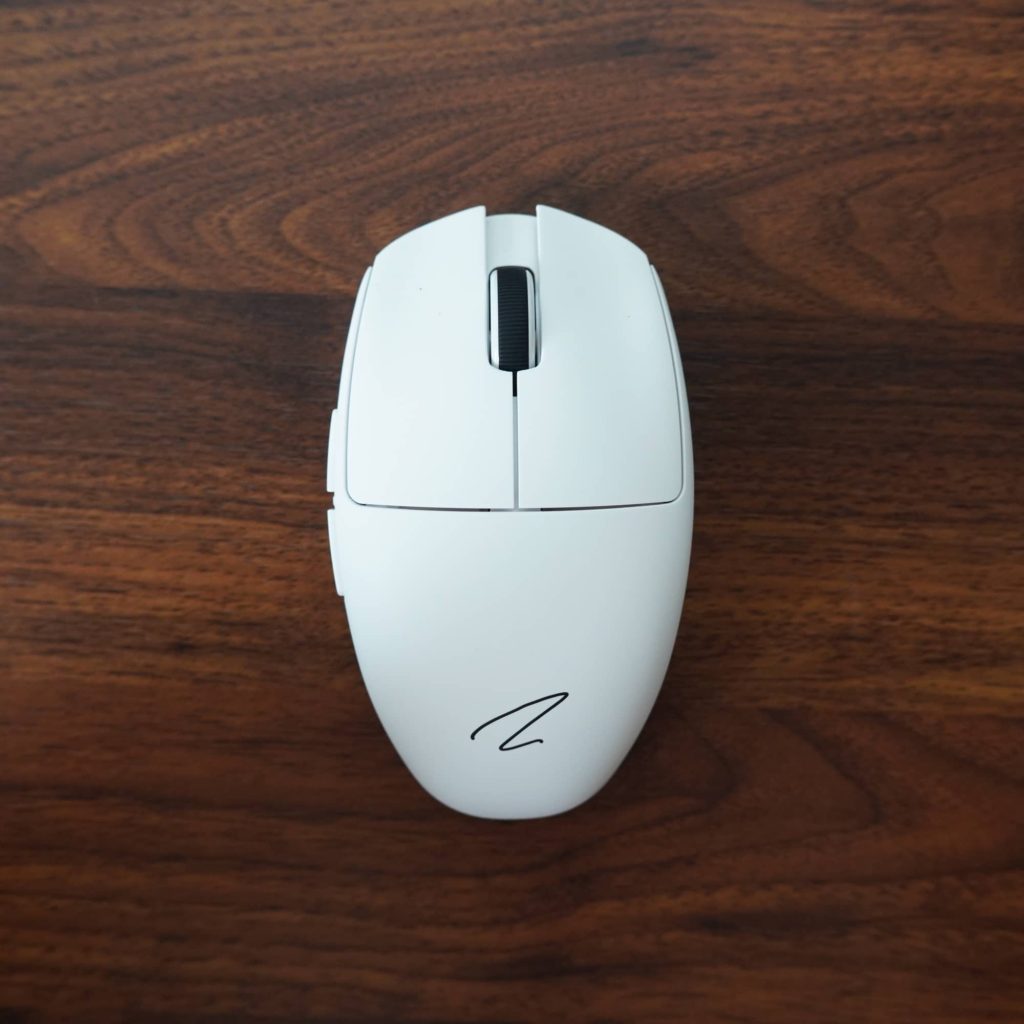
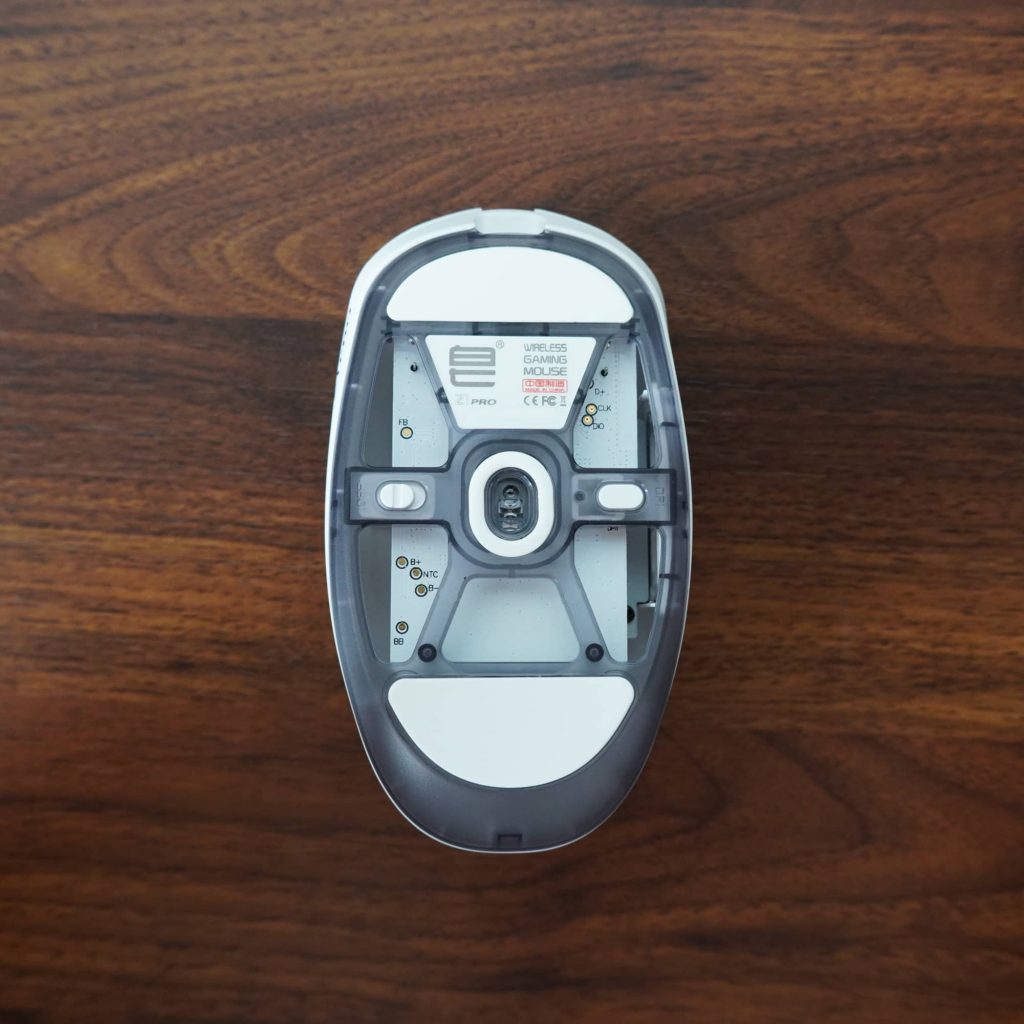
The hollow bottom has a structure that resembles the Pulsar X2 Mini. Despite having a hollow structure, the Zaopin Z1 Pro feels well built with no flexing or creaking heard when applying pressure on the shell. I did not observe any rattling when shaking the mouse.
Buttons
The main buttons of the Zaopin Z1 Pro uses micro motion switches from Huano, which are nice and snappy, at least for the mouse 1 button on my copy. The mouse 2 button is less snappy, bottoming out with a softer, lower pitch compared to M1. Could be a batch issue on my unit, but I were to judge the clicks based on M1, I’d say it’s snappy with moderate travel.
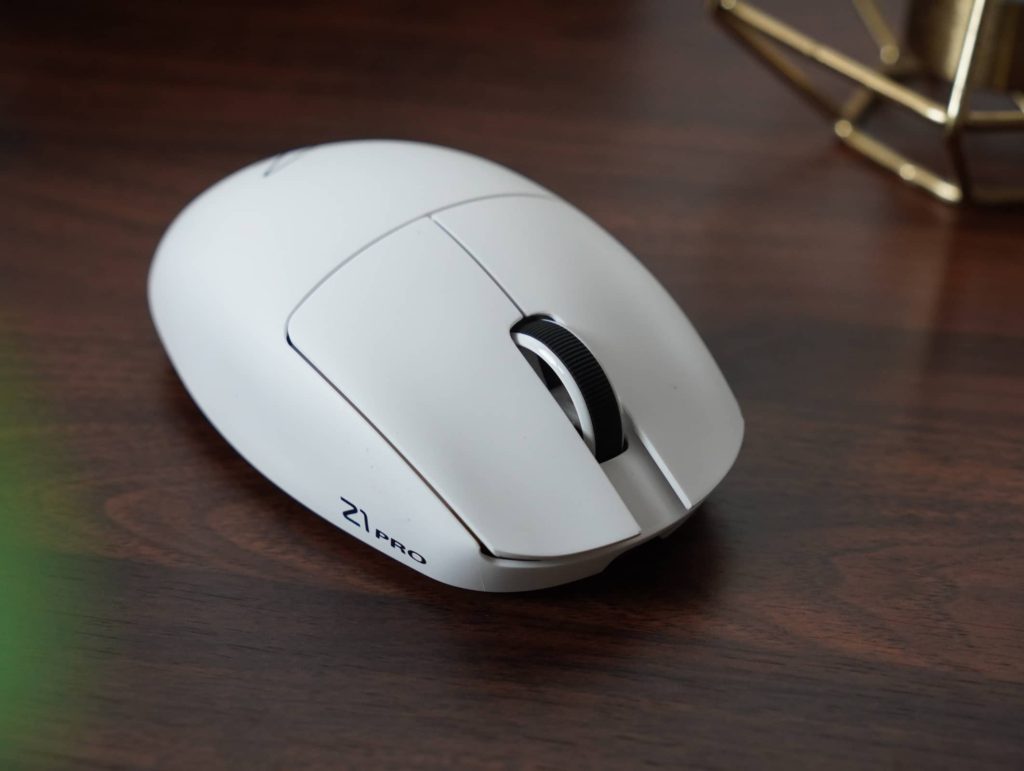
Side buttons are really nice too, very spammable. Forward button feels snappier than the back button, with the back button exhibiting more post travel. Location of the button is great as I can simply roll my thumb up to use the forward button.
You can check out the clicks and scroll wheel sounds below:
Scroll wheel
Scroll wheel uses a TTC gold encoder that feels quite similar to the Pulsar X2. You have a rubberised texture for better grip, with defined notches between each step. Scrolling sounds are audible but on the lower frequency audio spectrum, and the scroll click (middle click) has low thud-like sound.
Coating / Texture
Zaopin Z1 Pro has a matte coating that resembles a PBT keycap due to its slightly chalky texture. It offers decent grip but you should always use grip tape if you want a more reliable grip. It would be nice if Zaopin had included grip tape in the box, but for its price of $47, I can’t really complain.
Shape and fit
If you’ve used an egg-shaped mouse before then you’ll know how the Zaopin Z1 Pro will fit in your hands. Based on my memory, it has a very similar shape to the Razer Orochi, just that it is a larger version of it. So if you ever felt like you wanted a size up on the Razer Orochi, the Zaopin Z1 Pro can fill that gap.
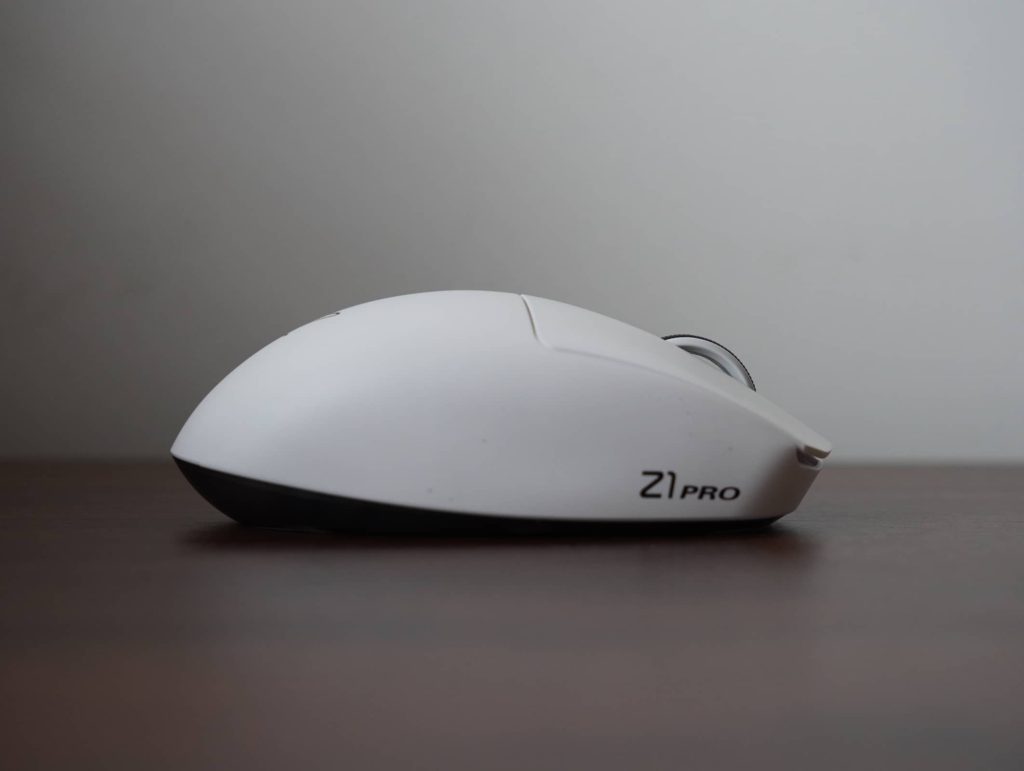
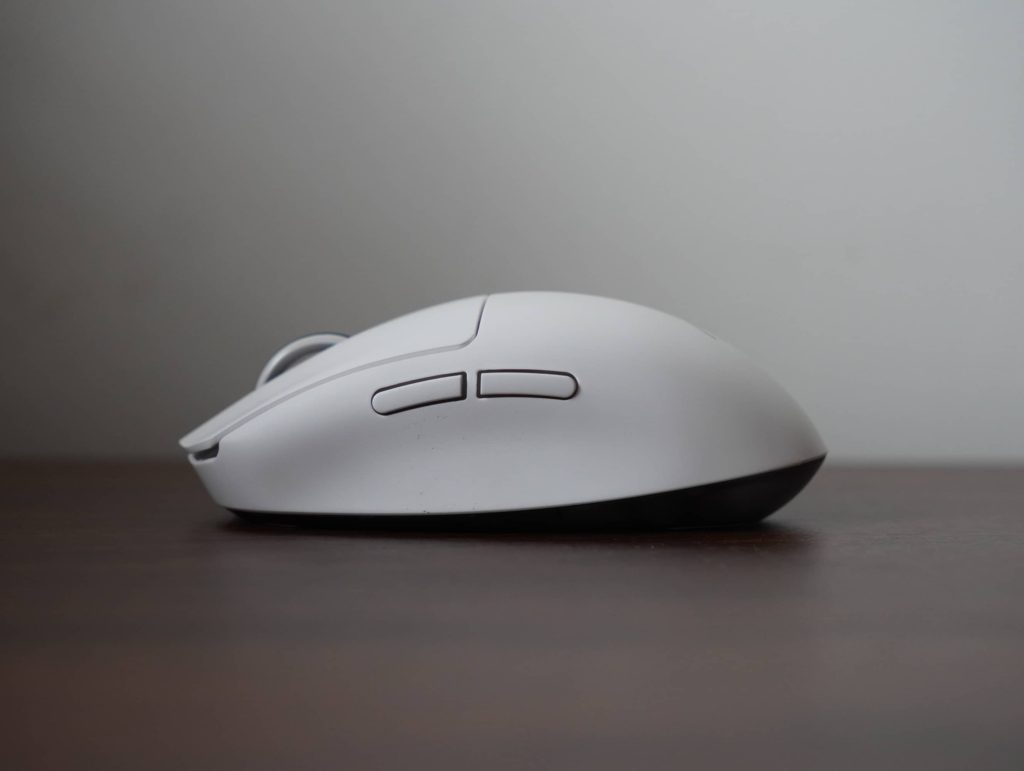
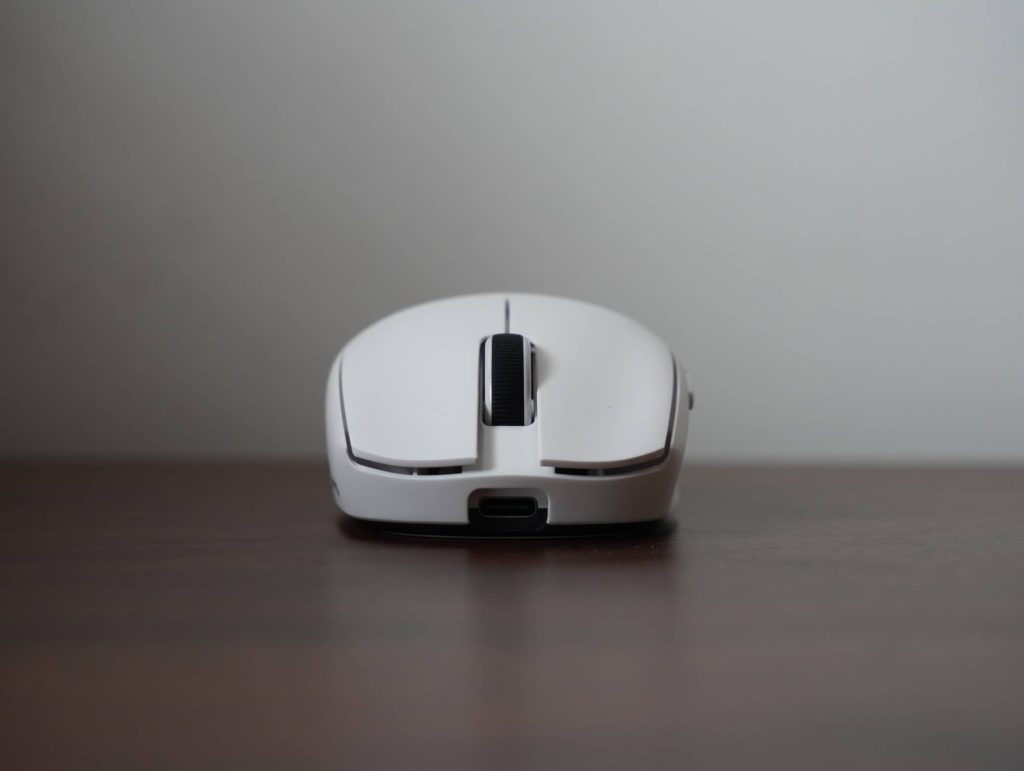
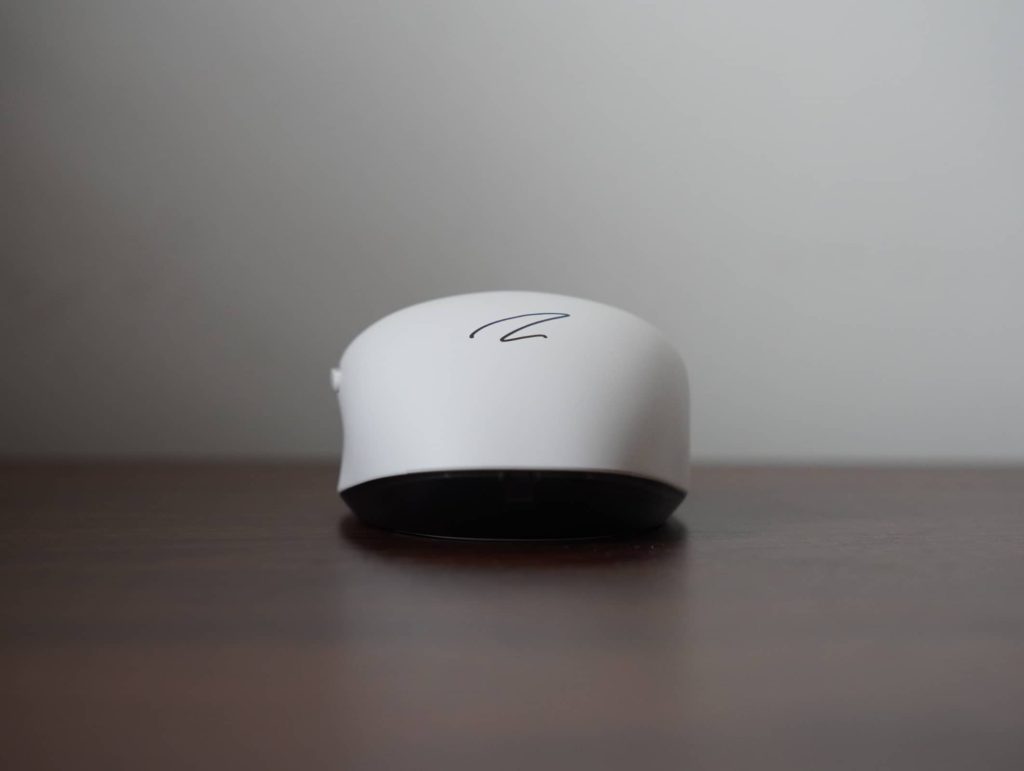
The left side of the Zaopin Z1 Pro is slightly concave to provide a natural resting spot for your thumb, while the right side is rounded off. The back of the mouse slopes down quite quickly from the middle hump, with the base having a slight flare upwards to create a small tail.


My hand size measure 18cm * 8.5cm, and use a relaxed claw grip. The slightly pronounced tail hump is great for allowing me to pull back the mouse to have it in a more locked-in grip. But as the hump is relatively small in size, palm grip users may find it to be lacking. The size and shape of the Zaopin Z1 Pro is more suitable for fingertip or claw grip.
Performance
Zaopin Z1 Pro is equipped with the latest Pixart 3395 sensor, which supports up to 26,000 DPI. By default, the Zaopin Z1 Pro is programmed with 6 different DPI steps: 400, 800, 1600, 2400, 3200, and 6400. You can use the software to remove or add DPI points. I had no issues with the performance of the Zaopin Z1 Pro, and did not experience any noticeable deviation. The stock skates are decent, could be better but nothing too bad too call out.
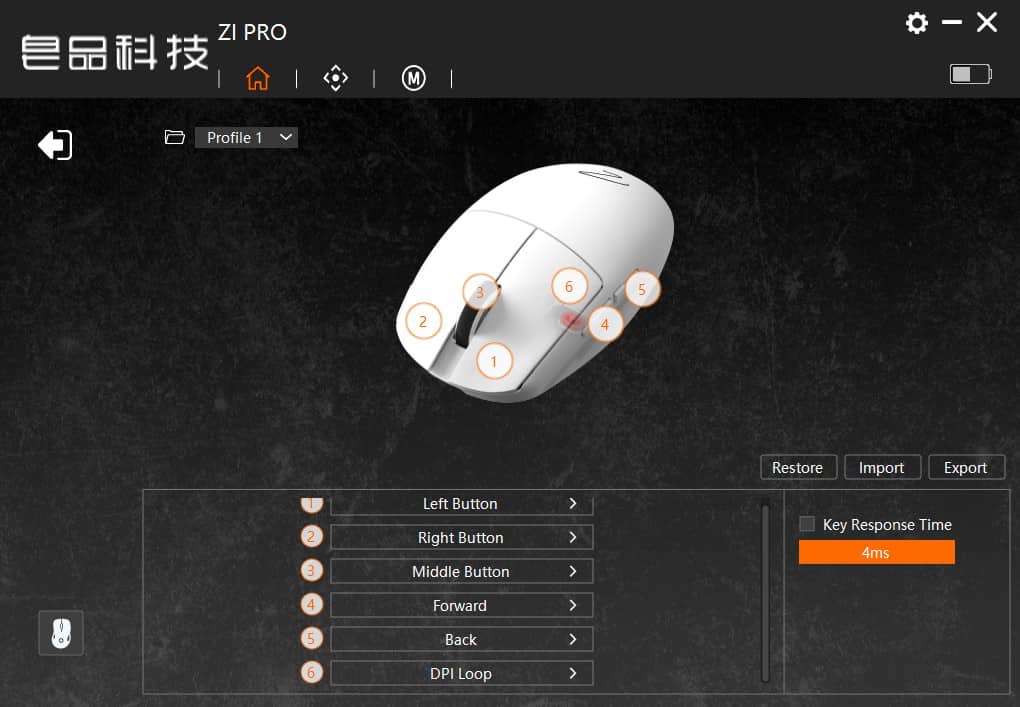
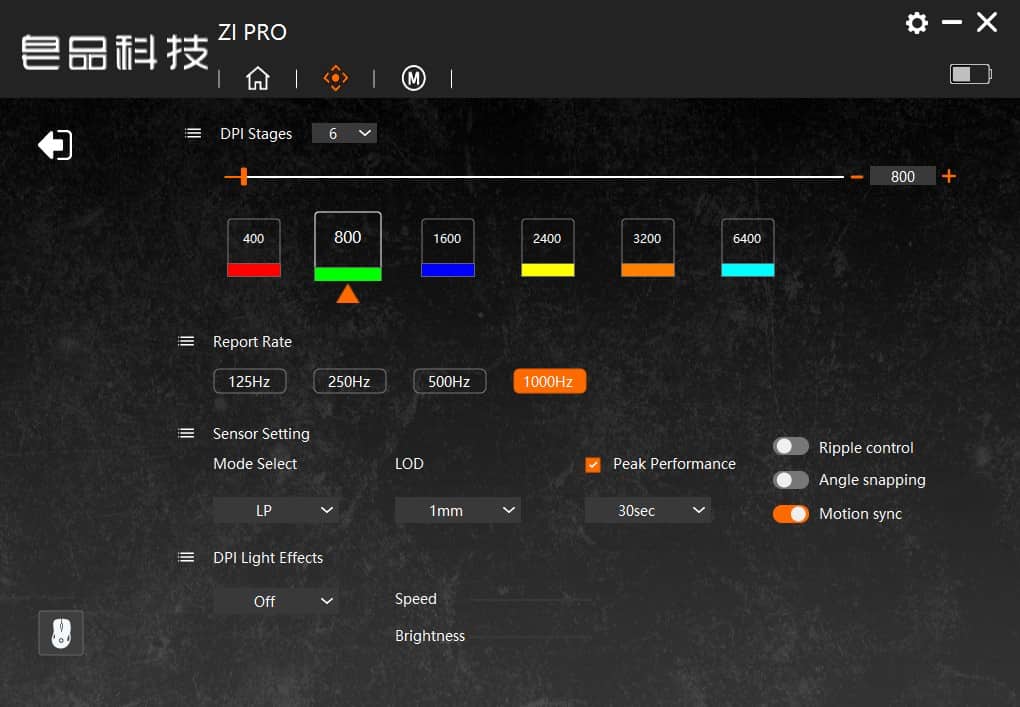
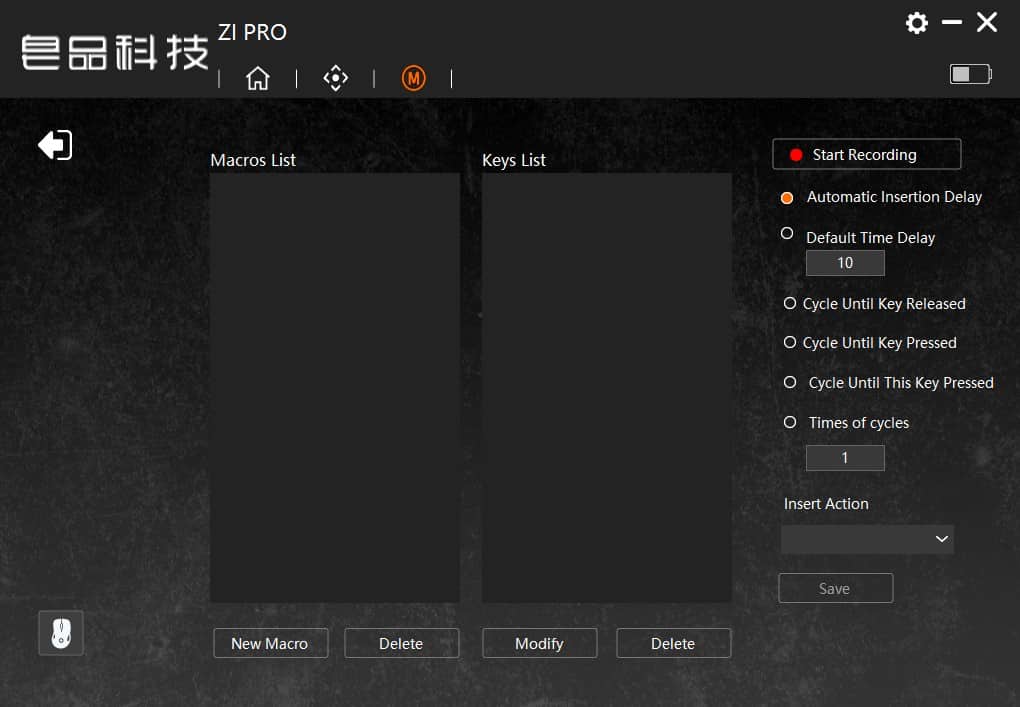
The Zaopin Z1 Pro is supposedly able to support up to 4K polling, but this requires a separate dongle for it. By default, the mouse supports up to 1000Hz polling and the performance is already very reliable. The only gripe of the Zaopin Z1 Pro is its software. There is no official website you have to download it through a Google Drive link from Mechkeys. The UI is fairly beginner looking but it does the job in offering many customisation settings such as LOD, macros, and more.
Do note that the mouse enters a sleep state after 30 seconds of inactivity to preserve battery life. So if you playing games like Valorant where you mouse can be idle when holding an angle, do make sure to adjust the timing in the software.
Conclusion
If you’re looking for an egg-shaped mouse, I wouldn’t pay for a Razer Orochi anymore as the Zaopin Z1 Pro simply offers the same grip feeling shape wise, at offers reliable performance with its 3395 sensor at an incredible price. At US$47, there really isn’t much complain about. In fact, it offers an incredible bang for your buck and is definitely a mouse that you should consider.

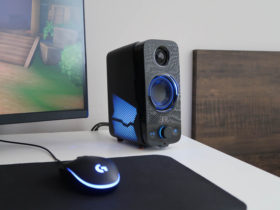
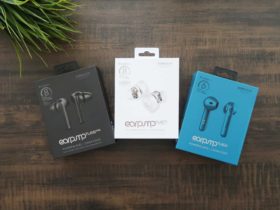
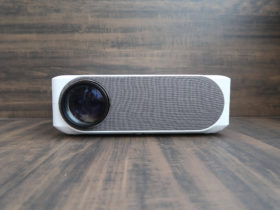
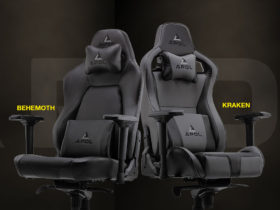
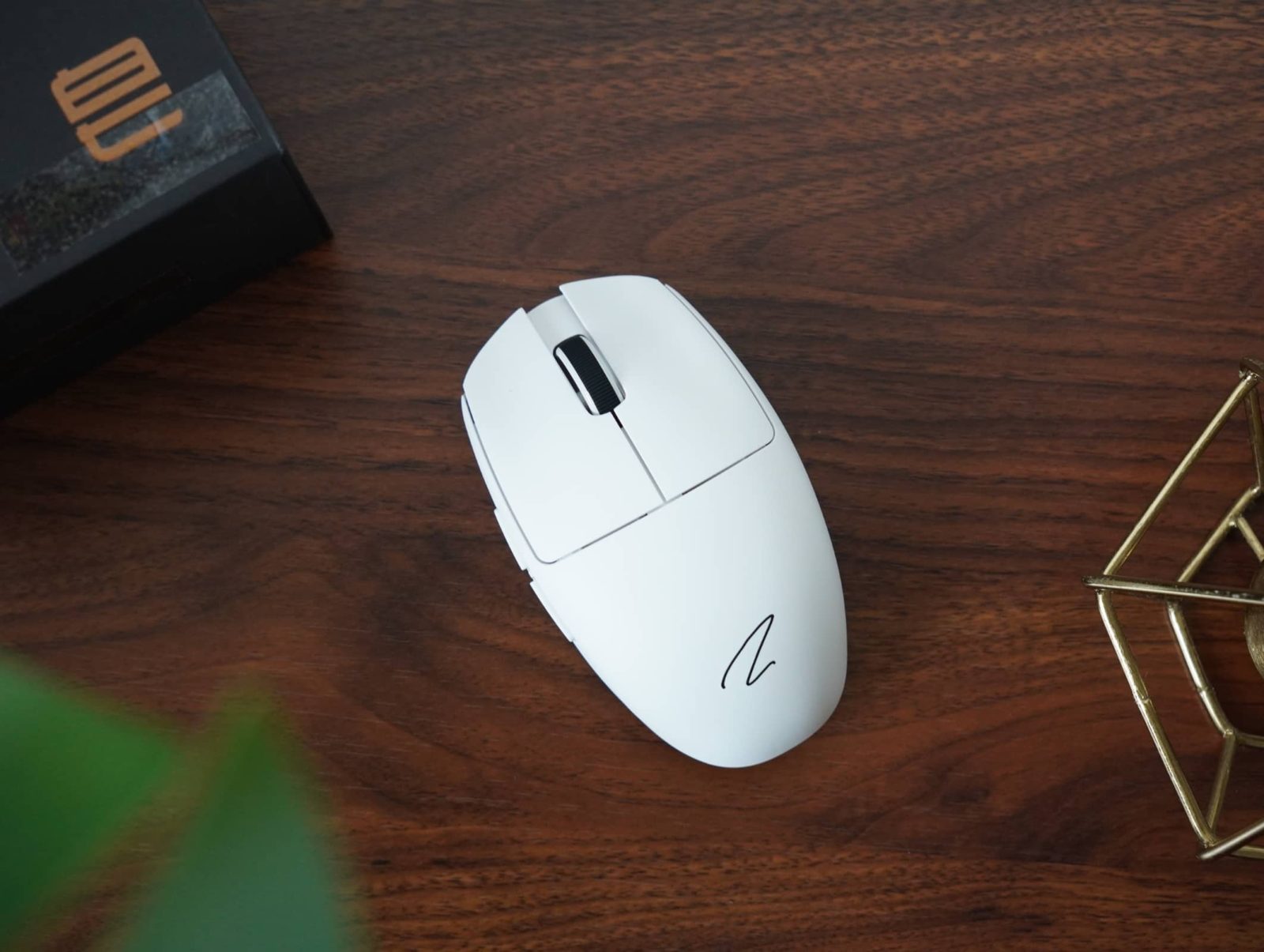








Leave a Reply